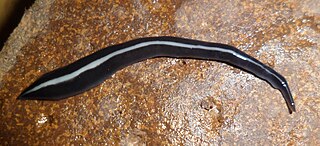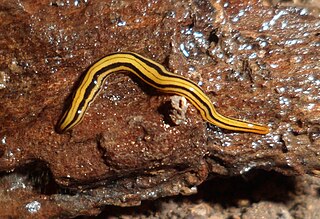
José Pinto de Carvalho Santos Águas was a Portuguese footballer who played as a striker.

Águas de São Pedro is a Brazilian municipality in the state of São Paulo located 184 kilometres from the state capital. At only 3.61 square kilometres, it is the second-smallest Brazilian municipality in terms of area, and had an estimated population of 3,521 as of 2020. Águas de São Pedro means "Waters of Saint Peter". Its name is derived from the mineral springs in its territory and their location, which before the city's founding were part of the municipality of São Pedro.
The Jaibaras River is a river of Ceará state in eastern Brazil.

Bernardino José de Campos Júnior was a Brazilian politician. He was governor of São Paulo from 23 August 1892 to 15 April 1896 and 3 July 1902 to 1 May 1904.
Jaime Alexandre Nogueira Pinto is a Portuguese writer and university professor, son of Jaime da Cunha Guimarães by Alda Branca Nogueira Pinto, who died in 2007.
Osvaldo Rodrigues da Cunha was a Brazilian paleontologist and herpetologist. Da Cunha was born in Belém, and studied zoology at the Instituto Nacional de Pesquisas da Amazônia (INPA) of Manaus.

Elpídio Donizetti is a Brazilian jurist, professor of Private Law and Procedural Law, chief judge of the Court of Appeal of Minas Gerais State (TJMG), author of various juridical works and takes part of the jurists committee responsible for writing the new procedural law code.

The Palace of the Counts of Penafiel, commonly known as Penafiel Palace and also referred as Palace of the Postmaster-General, is a palace in Portugal, located in the Santa Maria Maior parish, Lisbon. It presently serves as the global headquarters of the Community of Portuguese Language Countries, also known as the Lusophone Community.

A Barraca is a Portuguese theatre company founded 1975 and directed by Hélder Costa and leading actress Maria do Céu Guerra. It is based at the Teatro Cinearte on 2 Largo de Santos, Lisbon.

Events in the year 1928 in Brazil.
The 2012 Prémio Autores was the third edition of the Prémio Autores. It took place on 27 February 2012 and was broadcast by RTP.

Events in the year 1967 in Brazil.
Eudóxia Maria Froehlich was a Brazilian zoologist.

Paraba franciscana is a species of land planarian found in Brazil.

Luteostriata graffi is a species of Brazilian land planarian in the subfamily Geoplaninae.

Luteostriata ernesti is a species of Brazilian land planarian in the subfamily Geoplaninae.

Cephaloflexa araucariana is a species of land planarian in the subfamily Geoplaninae found in Brazil.
Hoge's worm lizard is a species of amphisbaenian in the family Amphisbaenidae. The species is endemic to Brazil.











